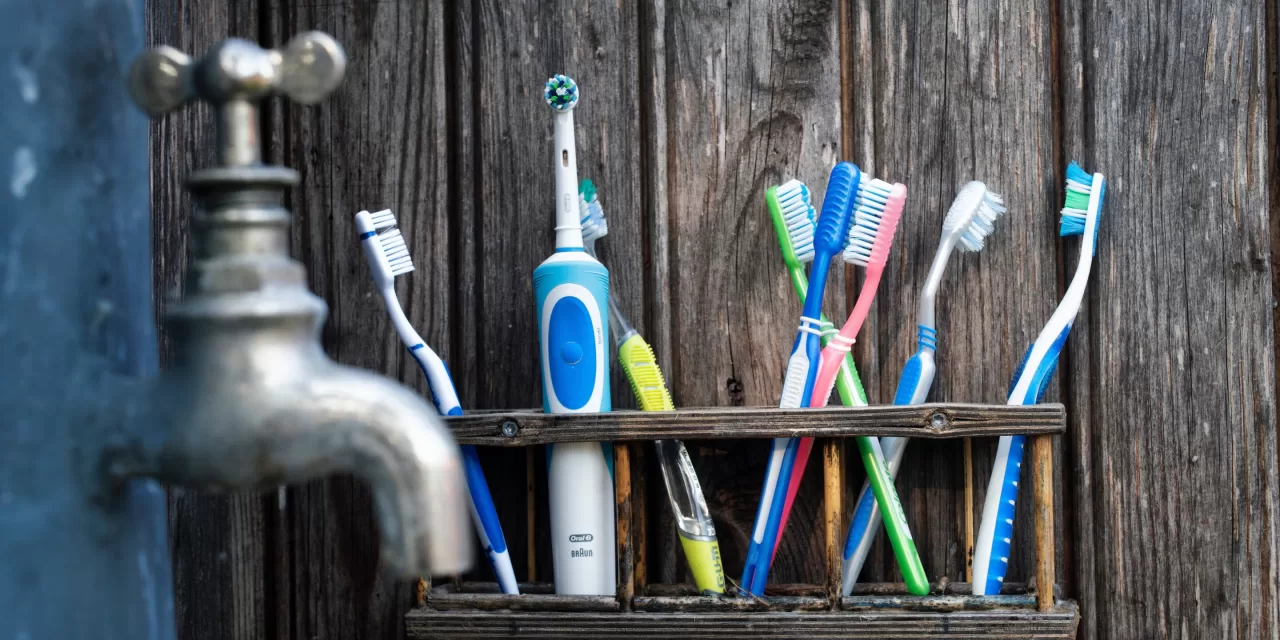Recent research from Northwestern University has unveiled a startling finding: common household items, specifically toothbrushes and showerheads, are teeming with previously unidentified viruses known as bacteriophages, or phages for short. The study, which swabbed 92 showerheads and 36 toothbrushes across American homes, describes the findings as “unlike anything we’ve seen before” and “absolutely wild.” But how concerning is this revelation, and what precautions can you take?
A Microbial Hotspot
It is increasingly recognized that microbial life, including viruses and bacteria, thrives in various environments, particularly in damp areas like showerheads and toothbrushes. The presence of phages, which specifically infect bacteria, is not surprising given the established populations of bacteria found in these locations. Over a decade of research has demonstrated that showerheads can harbor harmful bacterial species such as mycobacteria, Legionella, and Pseudomonas aeruginosa, which are associated with respiratory infections and other health issues.
In fact, bacteria levels in showerheads can exceed those found in tap water by over 100 times. This creates a unique micro-ecosystem where the diversity of bacterial species directly correlates with the variety of phages present. Consequently, every time you shower, you may be exposing yourself to these microorganisms, raising potential infection risks.
Keeping Your Showerhead Clean
To mitigate these risks, experts recommend regular disinfection of showerheads. A simple method involves soaking the showerhead in undiluted white vinegar for up to two hours. This not only helps eliminate harmful bacteria but also removes limescale buildup. After soaking, rinse the showerhead thoroughly and consider repeating this process monthly, depending on usage.
Toothbrushes: A Double-Edged Sword
The Northwestern University researchers also investigated phages found on toothbrushes. Given that toothbrushes make contact with various oral structures, it’s expected that they carry a diversity of phages reflective of the unique bacterial communities present in an individual’s mouth.
While oral microbes play a crucial role in maintaining oral health and preventing the growth of harmful pathogens, the study highlights the importance of individual hygiene. Although the identified viruses are bacterial and not harmful to the toothbrush owner, sharing toothbrushes can pose a risk. One person’s harmless oral microbes could lead to infections in others, resulting in illnesses ranging from common colds to more severe conditions like endocarditis.
Best Practices for Toothbrush Hygiene
To maintain toothbrush cleanliness, the NHS recommends running it under hot water for about 30 seconds before air drying. Other suggestions include soaking toothbrush heads in antibacterial mouthwash or denture cleaners. For electric toothbrushes, following the manufacturer’s cleaning instructions is crucial.
Conclusion
The take-home message from this groundbreaking study is that our homes are rich in microbial diversity, and our interactions with these microorganisms are integral to human health. While the discovery of new phage species is intriguing, there is no need for alarm as long as individuals maintain proper hygiene practices for their showerheads and toothbrushes. By following recommended cleaning methods, you can reduce potential risks and enjoy the benefits of a microbiome-rich environment.











